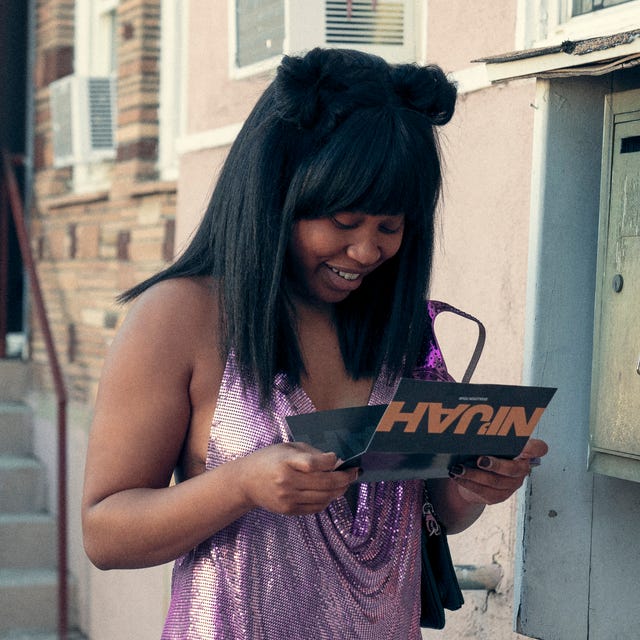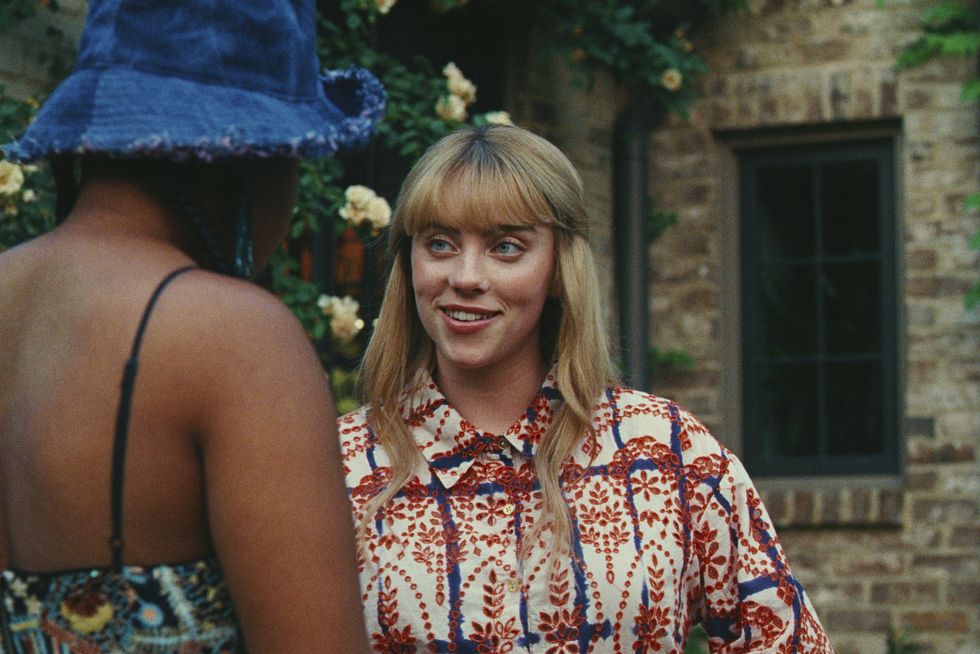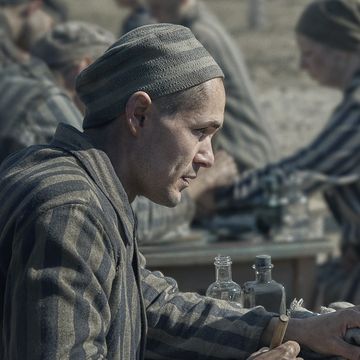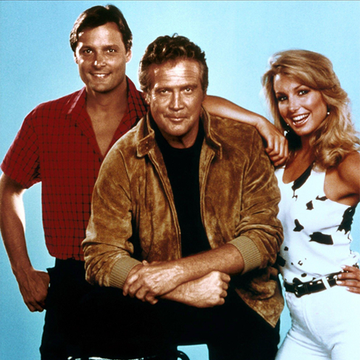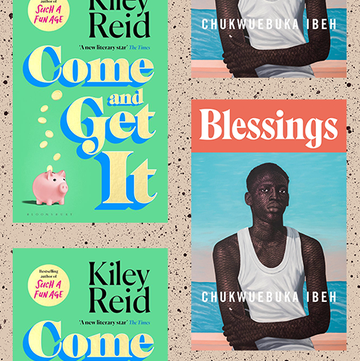“This is not a work of fiction,” reads the screen at the beginning of each episode of Swarm. “Any similarities to actual persons, living or dead, or actual events, is intentional.” This flipping of the usual statement deployed in the opening few seconds of other dramatisations is your first sign that Swarm is going to thrive on chaos and confusion, and is unlikely to be like anything you’ve seen before.
Swarm is about a super fan, Dre, who is obsessed with a singer called Ni’Jah, who is not just inspired by Beyonce, but lifted pretty much word-for-word from her Wikipedia page. Dre is part of the Hive (also Beyonce-adjacent) who mercilessly attack anyone online who bad-mouths their hero, but following the death of her best friend, Marissa, Dre goes on a killing rampage across America to seek out and brutally bludgeon anyone who trolls Ni’Jah.
Co-created by Donald Glover and playwright Janine Nabers, Nabers told the LA Times about the fusing of reality and fiction in the show, and how a lot of the cases were taken straight from Beyonce’s life: “We did research for months to basically find events within a 2 1/2 year period that we could put our main character into. So it’s really not a work of fiction. We’ve taken real internet rumours, real murders and combined them in the narrative of our main character, Dre. Not much of it is fabricated.”
With incredible star turns from the lead, Dominique Fishback (who plays Dre), it’s also the big screen debut of pop star Billie Eilish, who puts in a captivating performance as creepy cult leader, Eve. There’s also fleeting appearances from other “where do I know them from?” faces like Paris Jackson and Rory Culkin; Malia Obama was even on the writing team for the series too.
What Glover and Nabers – who previously worked together on Atlanta, something tonally Swarm is very similar to – have created is a seven-part series that’s like a slasher-fied, Glover-esque take on Black Mirror. It’s an absurd but compelling story that is a bit of a brain melter when it blends pop culture events with fiction, which is why you’re probably going to want an explainer on the ending, and some of the easter eggs revealed along the way.
Episode six explained
Episode six goes fully meta, and is a fake true-crime documentary about Andrea Greene, Dre’s real name, as we watch a detective called Loretta Greene (no relation) piece together Dre’s murder spree.
Loretta and the British documentary maker, who we only ever hear in the background, eventually uncover Dre’s real background history: she was a foster child to Marissa’s parents, but they handed her back to the foster home when she became violent and stabbed a school friend of Melissas’s.
Seemingly taking a shot at all the other crime documentaries that revel in the back story of people who have gone on to commit terrible crimes, Dre’s social case worker refuses to reveal Dre’s childhood trauma, saying: “The only reason you want Andrea’s sob story is so you can absolve yourselves. You need there to be a reason she was so messed up so you don’t have to sweep your own front door and realise that you are just as flawed.”
Right at the end, Loretta tracks her down, and reveals that Dre has been living as a man named Tony, who has recently stormed the stage at a Ni'Jah concert.
The ending, as is customary on real-life murder docs, then gives an update on Dre, saying she’s “a person of interest” for various police forces across America, then has a clip of Donald Glover talking about adapting the “true” story of the Andrea Greene murders for Amazon (actually, Prime Video, as they now want us to call it) including the casting of Dominique Fishback (including media stories about the show), who as we know, is playing the character of Dre.
Finally, as a nice little touch, there’s a call out: “If you have any information on Andrea Greene, please call 901-582-8002”. Of course, we called it, and what starts off as an actual police tip off line for Andrea gets cut off after a few seconds, and it’s Dre asking the question she demands off all her victims before she brutally murders them: “Who is your favourite artist? Who is your favourite artist?”
Could the series have ended here? Quite possibly – I actually made the mistake of thinking that, and on reflection, perhaps I think it was a stronger ending? – But then the actual final episode arrives.
The finale explained
Dre is now living as Tony, and one night he gives a lift home to a girl, Rashisa, who he starts dating. However, by now the audience should see the massive red flag: Rashida says she doesn’t like Ni’Jah.
Despite Tony being lovingly accepted by Rashida’s parents and finally entering what looks like a great relationship, Tony murders Rashida when she doesn’t want to go and see Ni’Jah with him. After killing a scalp for a ticket, like we saw on the documentary episode, he does storm the stage, but that's when things starts to feel like a hallucination: Ni’Jah’s face is that of his late foster sister, Marissa, and rather than getting her security to throw him off stage, she presents him to the audience to cheer for him. Later, she brings him back into her limo, where the series ends with him cuddling up to Ni’Jah-as-Marissa, in a warm embrace that he’s been chasing all series. We also never find out if Dre/Tony is captured and charged for all the murders.
So, what does it all mean? As well as being a satire on the parasocial relationships between celebrities and their followers – and the sometimes unhinged mentality of pop culture stans – it’s also a study in grief. As the co-creator Janine Nabers explained to the LA Times why Ni’Jah’s face was replaced for Marissa’s: “Because they’re one and the same. These two women were the catalyst for her story. It begins with Chloë [Bailey, who plays Marissa] and it ends with Ni’Jah.” She then explained further to TV Line: “At the end of the day, this is about a woman going through grief in her own way. What she sees in that moment is a manifestation of a lot of the things that she’s been dealing with, especially from the pilot, that set her on this journey to begin with.”
Swarm is streaming on Prime Video now.
